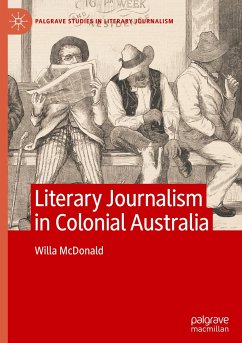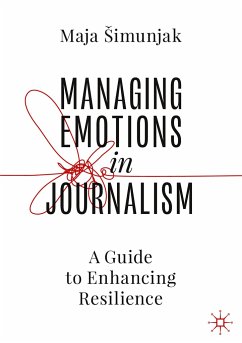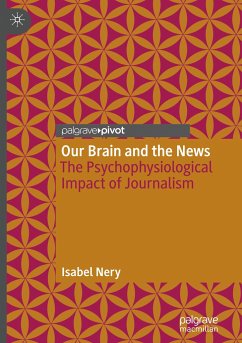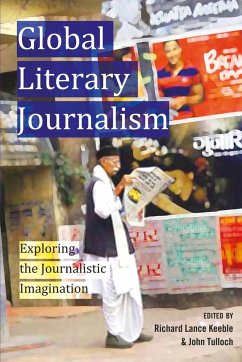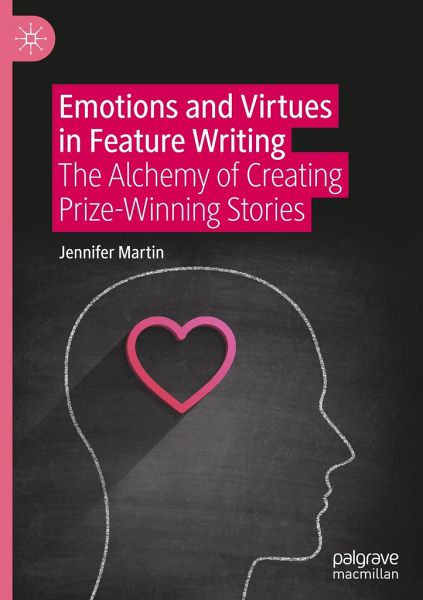
Emotions and Virtues in Feature Writing
The Alchemy of Creating Prize-Winning Stories
Versandkostenfrei!
Versandfertig in 6-10 Tagen
68,99 €
inkl. MwSt.
Weitere Ausgaben:

PAYBACK Punkte
34 °P sammeln!
This book provides an important and original way of understanding how journalists use emotion to communicate to readers, posing the deceptively simple question, 'how do journalists make us feel something when we read their work?'. Martin uses case-studies of award-winning magazine-style features to illuminate how some of the best writers of literary journalism give readers the gift of experiencing a range of perspectives and emotions in the telling of a single story. Part One of this book discusses the origins and development of narrative journalism and introduces a new theoretical framework, ...
This book provides an important and original way of understanding how journalists use emotion to communicate to readers, posing the deceptively simple question, 'how do journalists make us feel something when we read their work?'. Martin uses case-studies of award-winning magazine-style features to illuminate how some of the best writers of literary journalism give readers the gift of experiencing a range of perspectives and emotions in the telling of a single story. Part One of this book discusses the origins and development of narrative journalism and introduces a new theoretical framework, the Virtue Paradigm, and a new textual analysis tool, the Virtue Map. Part Two includes three case-studies of prize-winning journalism, demonstrating how the Virtue Paradigm and the Virtue Map provide fresh insight into narrative journalism and the ongoing conversation of what it means to live well together in community.






